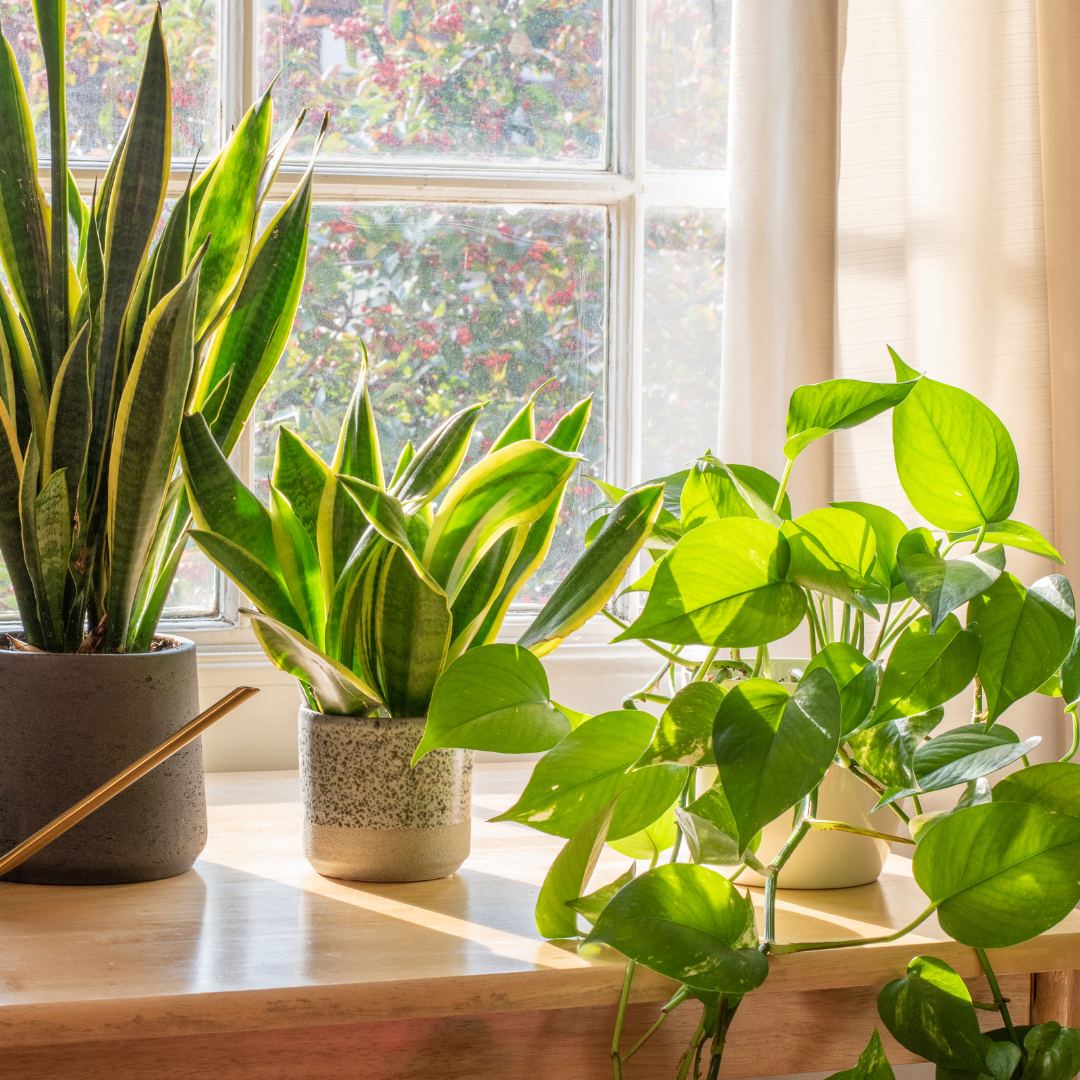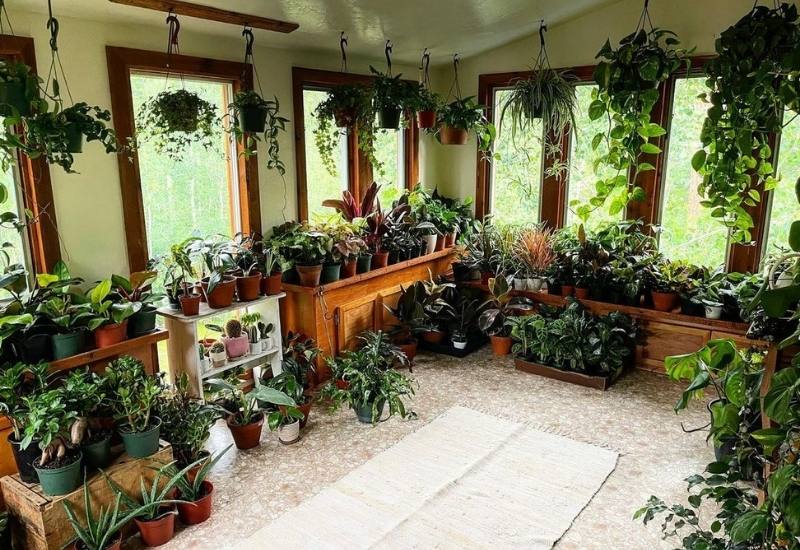Top 10 Best Low-Light Indoor Plants for Dark Rooms and Apartments
Top 10 Best Low-Light Indoor Plants for Dark Rooms and Apartments
Blog Article
Transform Your Home With Beautiful Low-Light Indoor Plants and Their Benefits
Integrating low-light indoor plants right into your home can substantially enhance both the environmental and visual top quality of your space. These plants, which thrive in dark conditions, serve not only as ornamental elements but likewise as all-natural air cleansers, making them optimal for urban occupants or those with minimal sunlight exposure. As we discover the numerous types of low-light plants and their advantages, you might find unexpected ways to integrate them into your home that can change your surroundings in ways you could not have prepared for.
Benefits of Low-Light Plants
Low-light plants supply numerous advantages for indoor settings, making them an excellent choice for both newbie and experienced gardeners. Among the primary advantages is their flexibility to low-light problems, permitting people to enhance their living areas without the need for considerable sunlight exposure. This characteristic makes them suitable for apartment or condos, workplaces, and other locations with limited natural light.

Moreover, including low-light plants right into home décor can raise the visual appeal of an area. Their rich foliage and differed textures develop a relaxing environment, adding to general well-being. The existence of greenery has been linked to decreased anxiety degrees and enhanced productivity, making low-light plants a practical option for improving both psychological and physical health and wellness in interior setups.
Top Low-Light Indoor Plants
While many interior plants flourish in bright light, a number of species are particularly well-suited for low-light problems, making them ideal for numerous indoor rooms. One preferred selection is the Serpent Plant (Sansevieria), understood for its striking upright fallen leaves and resilience, calling for marginal care. An additional superb alternative is the Pothos (Epipremnum aureum), which features heart-shaped leaves and can route perfectly from racks or wall mounts, growing in reduced light and including a lavish touch.
The ZZ Plant (Zamioculcas zamiifolia) is celebrated for its shiny fallen leaves and ability to withstand overlook, making it excellent for active way of livings. The Peace Lily (Spathiphyllum) not just endures reduced light however likewise generates magnificent white flowers, improving any room's aesthetic.
For an one-of-a-kind touch, take into consideration the Cast Iron Plant (Aspidistra elatior), which without a doubt measures up to its name, flourishing in the darkest corners of your home. Lastly, the Chinese Evergreen (Aglaonema) uses a variety of fallen leave patterns and shades while being exceptionally flexible in low-light conditions. These plants not only improve interior atmospheres however additionally add to air purification, enhancing your living area.
Treatment Tips for Low-Light Plants

Watering techniques are critical; these plants often favor slightly completely dry conditions. Overwatering can result in root rot, so make certain that the leading inch of soil is dry prior to sprinkling again. Use pots with water drainage openings to allow excess wetness to escape.
Humidity is another essential aspect. Lots of low-light plants, such as ferns and peace lilies, gain from higher moisture degrees. To enhance moisture, consider misting the leaves or positioning a tray of water near the plants.
Fertilization should be come close to with care. Throughout the expanding season, use a thinned down, well balanced liquid fertilizer monthly to sustain development, but prevent feeding during the dormant winter season.

Creative Ways to Present Plants
Interior plants can serve as captivating focal factors in any kind of area, boosting browse around here both visual allure and setting. Creative screens can raise the aesthetic impact of low-light plants, making them an important component of your home decoration. One efficient technique is to utilize tiered plant stands, which allow you to display multiple plants at varying elevations while making the most of flooring area.
Hanging planters are an additional innovative option, developing a sense of depth and drawing the eye upwards. Take into consideration macramé wall mounts or wall-mounted shelves to present a distinct appearance and design.
For a much more organized approach, usage geometric terrariums or glass containers to house your plants, adding a modern-day touch to your interior yard. You can additionally repurpose vintage items, such as teacups or wood dog crates, for a diverse display that reflects your individuality.
Enhancing Home Atmosphere With Plants
Integrating low-light plants right into your home not only improves visual appeal however also contributes substantially to the total atmosphere. These plants work as all-natural decoration components, presenting a sense of peace that can change any kind of space. The presence of greenery cultivates a relaxing environment, which is particularly helpful in high-stress settings such as office or living rooms.
Low-light plants, such as snake plants, pothos, and ZZ plants, are not only aesthetically pleasing but also enhance indoor air high quality by filtering contaminants. This double feature enhances the setting further, creating a much healthier living space (Best low-light indoor plants). The critical positioning of these plants can likewise affect the assumption of area; for example, high plants can draw the eye up, making ceilings show up greater and areas much more roomy
Moreover, varying structures and shades of vegetation include deepness to interior design, enabling creative expression in home styling. Whether positioned on shelves, in corners, or as focal points, low-light plants can elevate the state of mind of any type of room. In recap, integrating these plants into your home is an efficient means to cultivate a cozy, welcoming ambience while profiting of enhanced air high quality and aesthetic versatility.
Final Thought
Integrating low-light try this site interior plants right into home atmospheres offers many benefits, including boosted visual appeal and improved air quality. These resilient plants, such as the Serpent Plant and Tranquility Lily, this contact form call for marginal light and maintenance, making them appropriate for varied way of livings. Their capability to filter pollutants adds to a much healthier living room, while their varied structures and colors enrich indoor design (Best low-light indoor plants). Inevitably, the inclusion of low-light plants cultivates a serene and inviting ambiance, changing any home right into a serene oasis.
While numerous interior plants thrive in intense light, a number of species are particularly fit for low-light conditions, making them optimal for various indoor areas. One efficient technique is to use tiered plant stands, which enable you to display multiple plants at varying heights while making best use of floor room.
Low-light plants, such as serpent plants, pothos, and ZZ plants, are not just aesthetically pleasing yet additionally improve interior air quality by filtering toxins. Best low-light indoor plants. The strategic placement of these plants can likewise influence the assumption of space; for instance, tall plants can attract the eye upwards, making ceilings appear greater and rooms much more roomy
These resilient plants, such as the Serpent Plant and Peace Lily, need very little light and maintenance, making them ideal for diverse way of lives.
Report this page